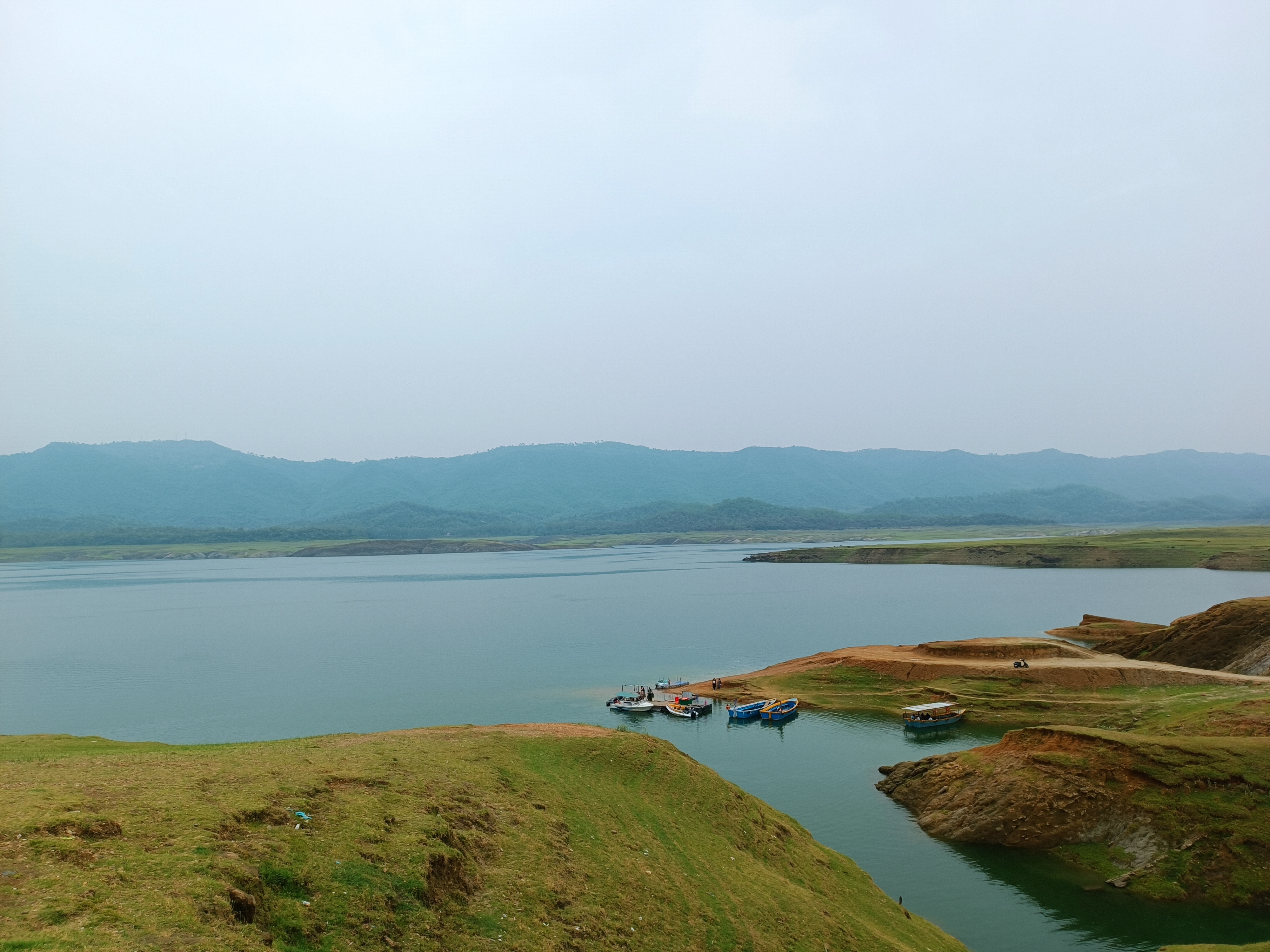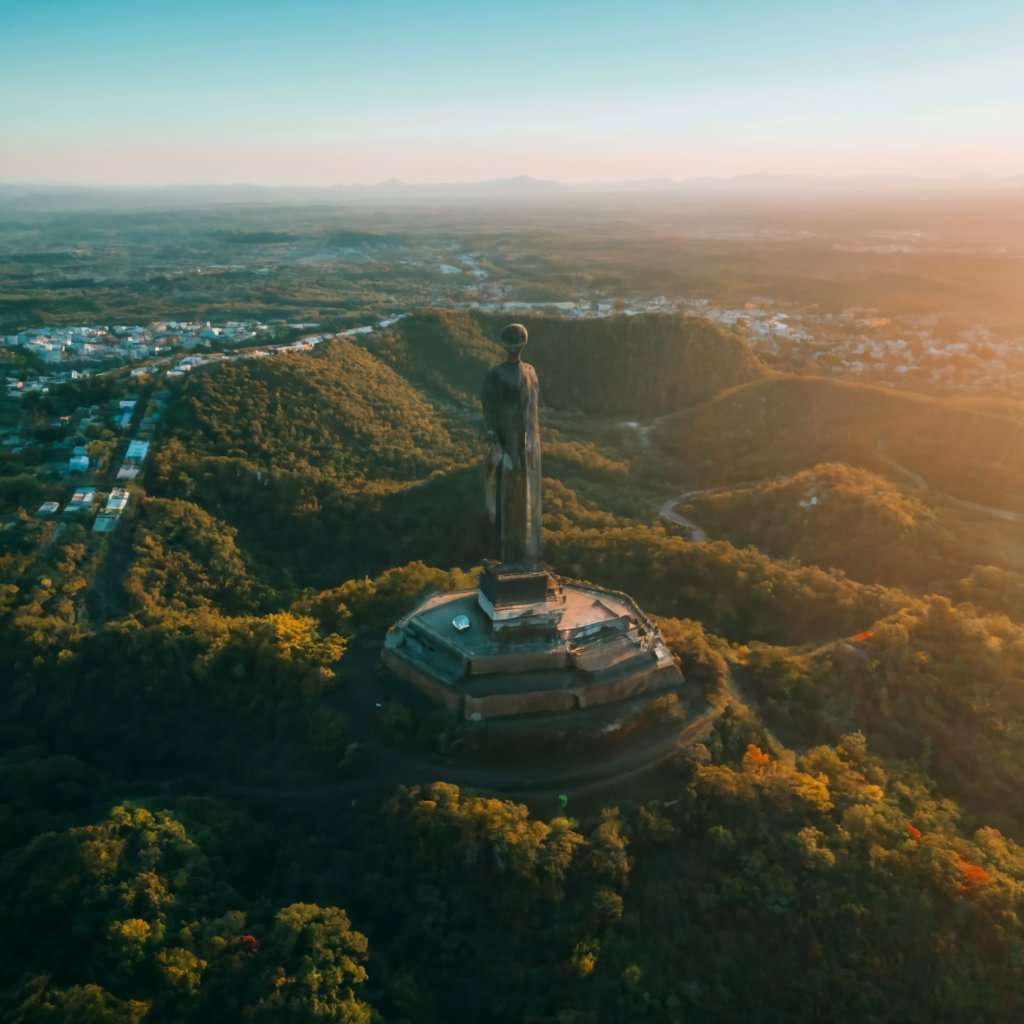Introduction:
Nestled amidst the serene landscapes of the Himalayas, Himachal Pradesh stands as a testament to nature’s grandeur and engineering marvels. Among its numerous treasures are the majestic dams, strategically positioned to harness the power of the region’s abundant water resources. In this article, we embark on a journey to unravel the significance, beauty, and impact of dams in Himachal Pradesh, including the iconic Bhakra-Nangal Dam.
Exploring the Engineering Marvels:
Himachal Pradesh boasts an impressive array of dams, each contributing significantly to the state’s development and economy. Among these, the Bhakra-Nangal Dam, located in the Bilaspur district, reigns as one of the tallest gravity dams in the world. Built across the Sutlej River, it not only provides water for irrigation and hydroelectric power generation but also serves as a popular tourist attraction, offering breathtaking views of the surrounding landscape.
Further north, nestled amidst the picturesque valleys, lies the Pandoh Dam on the Beas River. This concrete gravity dam not only regulates the flow of the river but also facilitates hydroelectric power generation, catering to the energy needs of the region. Its serene reservoir, enveloped by lush greenery, invites travelers to immerse themselves in nature’s tranquility.
Moving eastward, the Nathpa Jhakri Dam stands as a testament to modern engineering prowess. Situated on the Satluj River, this rockfill dam is a cornerstone of hydroelectric power generation in the region. Its towering presence against the backdrop of snow-capped peaks symbolizes the harmonious blend of technology and nature.
Socio-Economic Impact:
The dams of Himachal Pradesh play a pivotal role in the socio-economic development of the state. By harnessing the power of rivers, they provide a reliable source of irrigation for agricultural activities, thus boosting rural livelihoods and ensuring food security. Moreover, the abundant hydroelectric power generated by these dams not only meets the energy demands of the state but also contributes to national energy security.
Additionally, the tourism potential of these dams cannot be overlooked. Drawing travelers from far and wide, they serve as popular destinations for sightseeing, adventure sports, and nature retreats. The influx of tourists stimulates local economies, fostering employment opportunities and entrepreneurship in the region.
Environmental Considerations:
While dams offer a multitude of benefits, their construction and operation also raise environmental concerns. The alteration of river ecosystems, displacement of communities, and risks of flooding are among the primary challenges associated with dam projects. In Himachal Pradesh, efforts are underway to mitigate these impacts through comprehensive environmental assessments, sustainable management practices, and community engagement initiatives.
Furthermore, the state government is increasingly focusing on promoting eco-tourism and responsible dam management to strike a balance between development and conservation. Initiatives such as afforestation, biodiversity conservation, and eco-friendly infrastructure are being implemented to safeguard the region’s natural heritage for future generations.
Conclusion:
The dams of Himachal Pradesh, including the iconic Bhakra-Nangal Dam, stand as epitomes of human ingenuity and natural splendor. From harnessing the power of rivers to fostering socio-economic development and preserving ecological balance, these engineering marvels play a multifaceted role in shaping the landscape and livelihoods of the region. As we continue to unlock the wonders of Himachal’s dams, let us strive to uphold the principles of sustainability, inclusivity, and environmental stewardship for a brighter and greener future.
By delving into the intricate tapestry of these dams, we not only appreciate their monumental significance but also gain a deeper understanding of our interconnectedness with nature and the imperative of responsible development in the Himalayan region.










